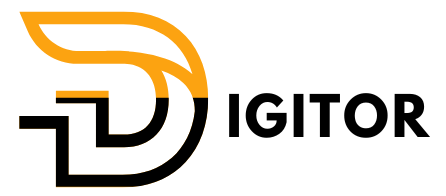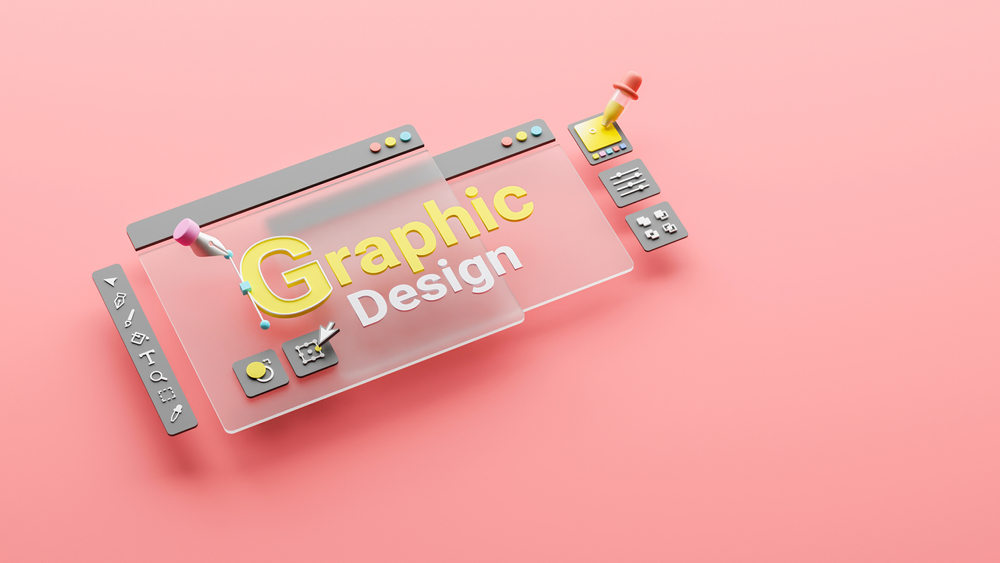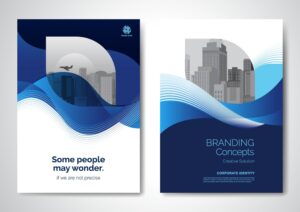How to Build a Standout Graphic Design Portfolio
Introduction
A graphic design portfolio is more than just a collection of your work—it’s your personal brand, your visual resume, and often, the deciding factor in landing a job or client. In the competitive field of graphic design, a standout portfolio can make all the difference. This guide will walk you through the essential steps to create a portfolio that not only showcases your skills but also reflects your unique design style and personality.
Why Your Graphic Design Portfolio Matters
Your portfolio is the first impression potential clients or employers have of your work. It’s a chance to highlight your design expertise, creativity, and versatility. A well-crafted portfolio can open doors to new opportunities, establish your credibility, and set you apart from other designers. By focusing on quality, relevance, and presentation, you can build a graphic design portfolio that truly stands out.
Steps to Building a Standout Graphic Design Portfolio
1. Curate Your Best Work
The first step in creating an impressive portfolio is to curate your best work. Quality trumps quantity, so be selective about the projects you include. Choose pieces that showcase a range of skills, from logo design to web design, and demonstrate your versatility. Include projects that highlight your creativity, technical ability, and problem-solving skills.
Pro Tip: If you’re just starting out and don’t have a lot of professional work to showcase, consider creating personal projects or redesigning existing brands as portfolio pieces. This not only demonstrates your skills but also your initiative and passion for design.
2. Organize Your Portfolio
How you present your work is just as important as the work itself. Organize your portfolio in a way that tells a story. Group similar projects together, or arrange them by the type of work (e.g., branding, web design, print design). Each project should include a brief description of the challenge, your approach, and the final outcome. This provides context and demonstrates your thought process and problem-solving abilities.
H3 Example: Creating a Narrative for Each Project
When presenting each project, create a narrative that explains your role, the design process, and the results. Include before-and-after images, sketches, or prototypes to show how your ideas evolved. This not only showcases your creativity but also your ability to handle complex projects from concept to completion.
3. Highlight Your Unique Style
Your portfolio should reflect your unique design style. While it’s important to show versatility, it’s also crucial to highlight what makes your work unique. Whether it’s a particular color palette, typography style, or design philosophy, make sure your portfolio communicates your personal brand. This helps potential clients or employers understand what they can expect when working with you.
4. Include Case Studies
Case studies are an excellent way to showcase your problem-solving skills and the impact of your design work. For each case study, outline the client’s objectives, your approach to solving the problem, and the results. Include metrics such as increased user engagement, higher conversion rates, or improved brand recognition. This not only adds credibility but also demonstrates the tangible value of your design work.

5. Keep It Simple and Accessible
Your portfolio should be easy to navigate and visually appealing. Avoid clutter and focus on clean, simple design. Ensure that your portfolio is accessible across devices, including desktops, tablets, and smartphones. A responsive design ensures that your work looks great no matter how it’s viewed.
Internal Link: For more tips on creating user-friendly designs, check out our guide on enhancing user experience through web design.
Where to Showcase Your Graphic Design Portfolio
1. Online Portfolio Websites
Having an online portfolio is essential in today’s digital age. Use platforms like Behance, Dribbble, or a personal website to
showcase your work. These platforms allow you to reach a broader audience, connect with potential clients, and engage with the design community. When choosing a platform, consider one that aligns with your brand and offers the features you need to present your work effectively.
2. Print Portfolio
While digital portfolios are crucial, a print portfolio can still be a powerful tool, especially for in-person meetings and interviews. A well-designed print portfolio can leave a lasting impression. Ensure that it’s professionally printed, well-organized, and reflects your design style. Include only your best work and make sure it complements your digital portfolio.
3. Social Media
Social media platforms like Instagram and LinkedIn are great for sharing your work and building your brand. Regularly post your designs, behind-the-scenes content, and updates on ongoing projects. Engaging with the design community and potential clients on social media can lead to new opportunities and collaborations.
Conclusion
Building a standout graphic design portfolio takes time and effort, but it’s worth the investment. By curating your best work, organizing it effectively, and showcasing your unique style, you can create a portfolio that not only impresses but also wins clients and job offers. Remember to keep your portfolio updated, add new projects regularly, and remove outdated work to ensure it remains fresh and relevant.
Ready to elevate your portfolio? Contact us for expert advice on how to create a graphic design portfolio that truly stands out.
For additional insights, explore this comprehensive guide to creating a professional portfolio and these tips on portfolio best practices.
For further reading, consider exploring Smashing Magazine for design tips and trends, or visit AIGA for professional design resources and insights.
Explore more related articles to deepen your understanding and make informed choices about graphic design techniques
Why Custom Website Development is Essential for Your Brand
How to Choose the Best Graphic Design Services for Your Business







